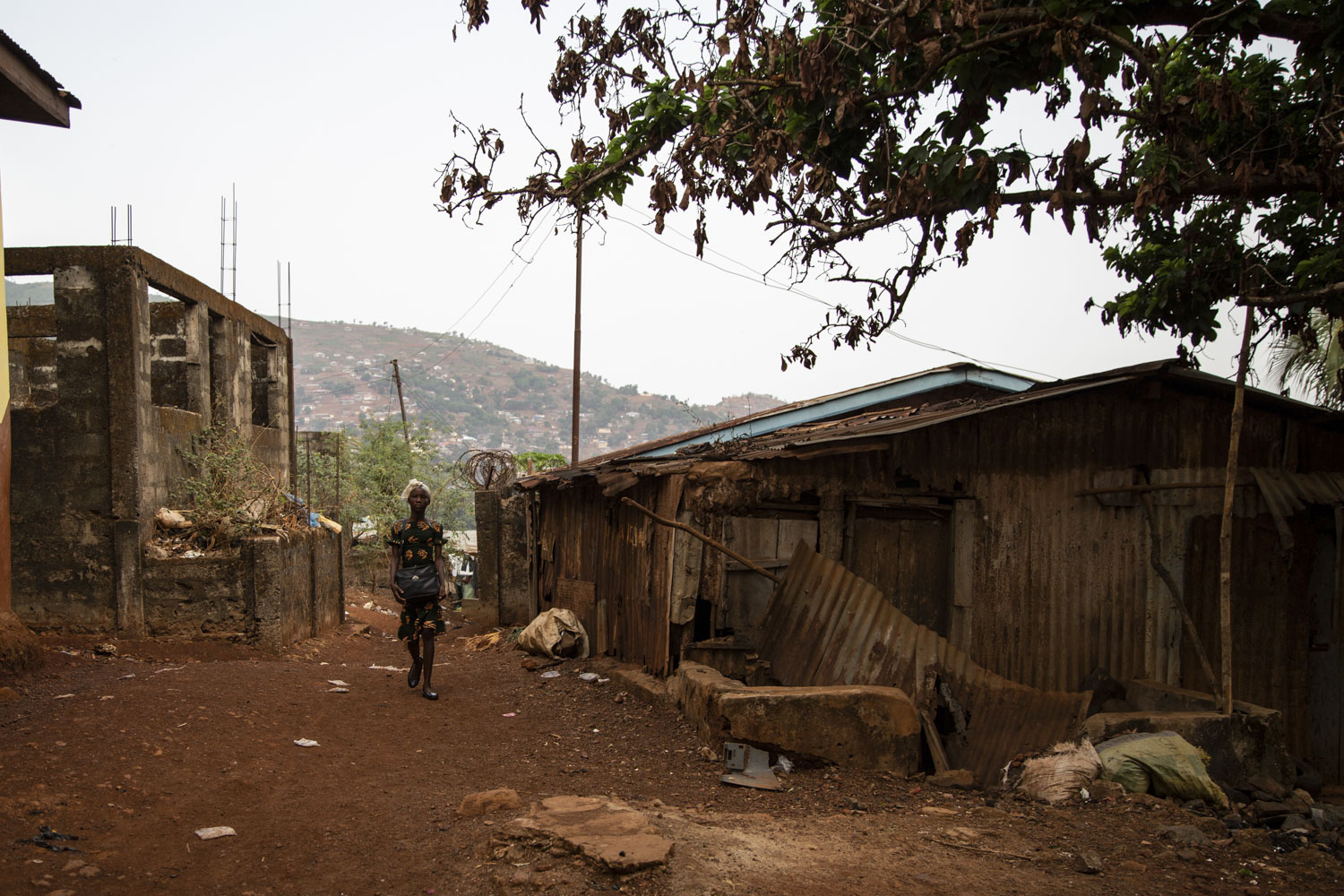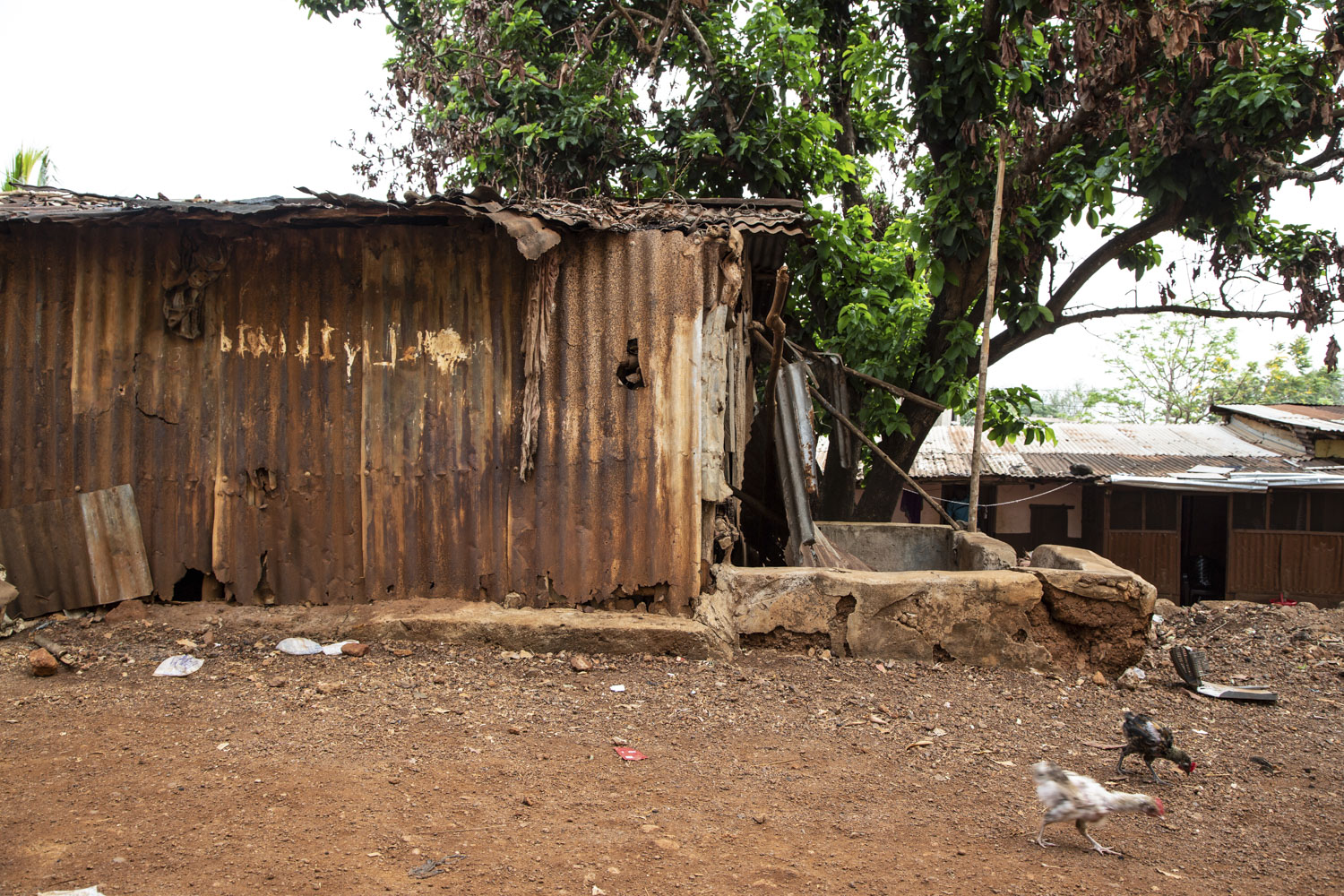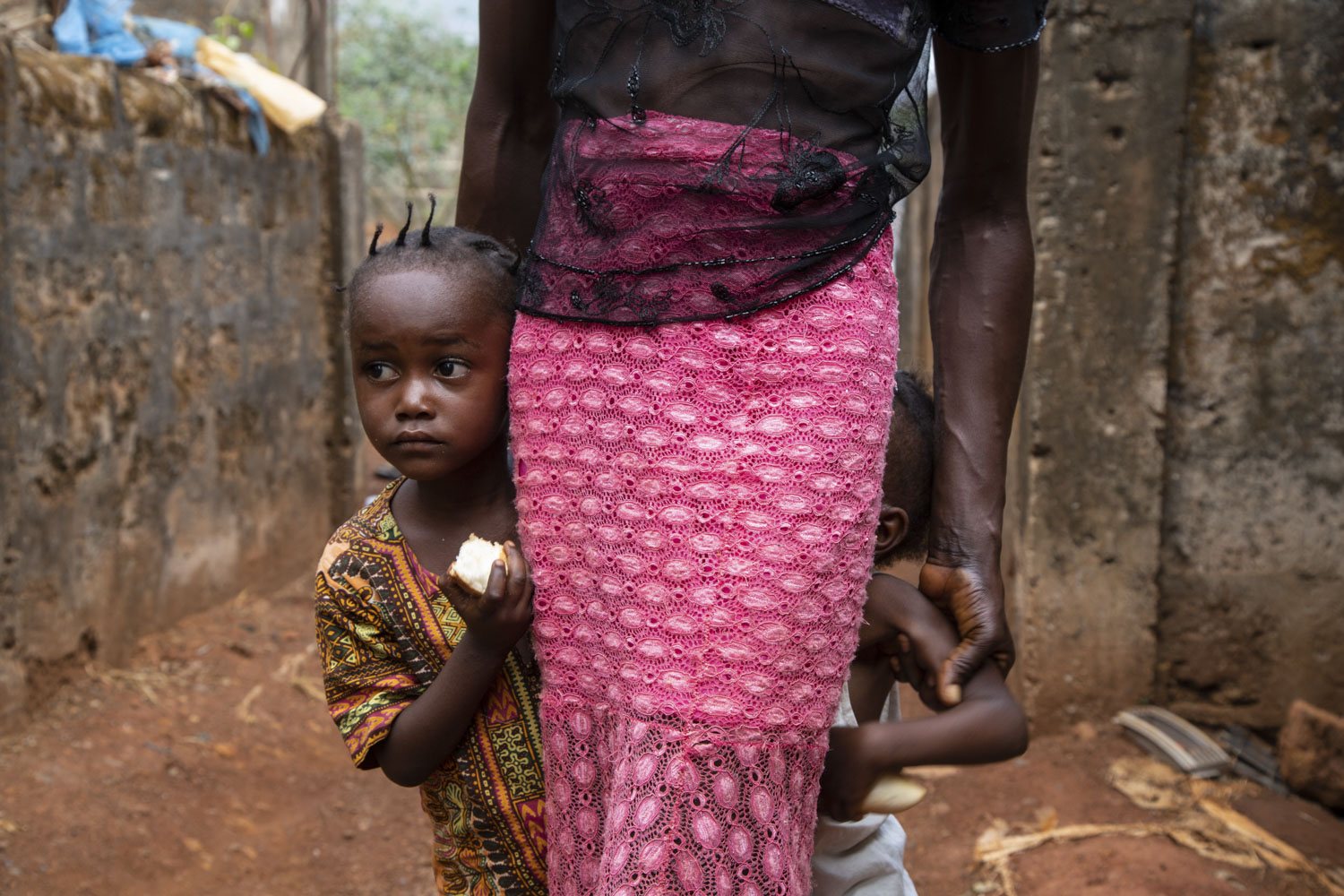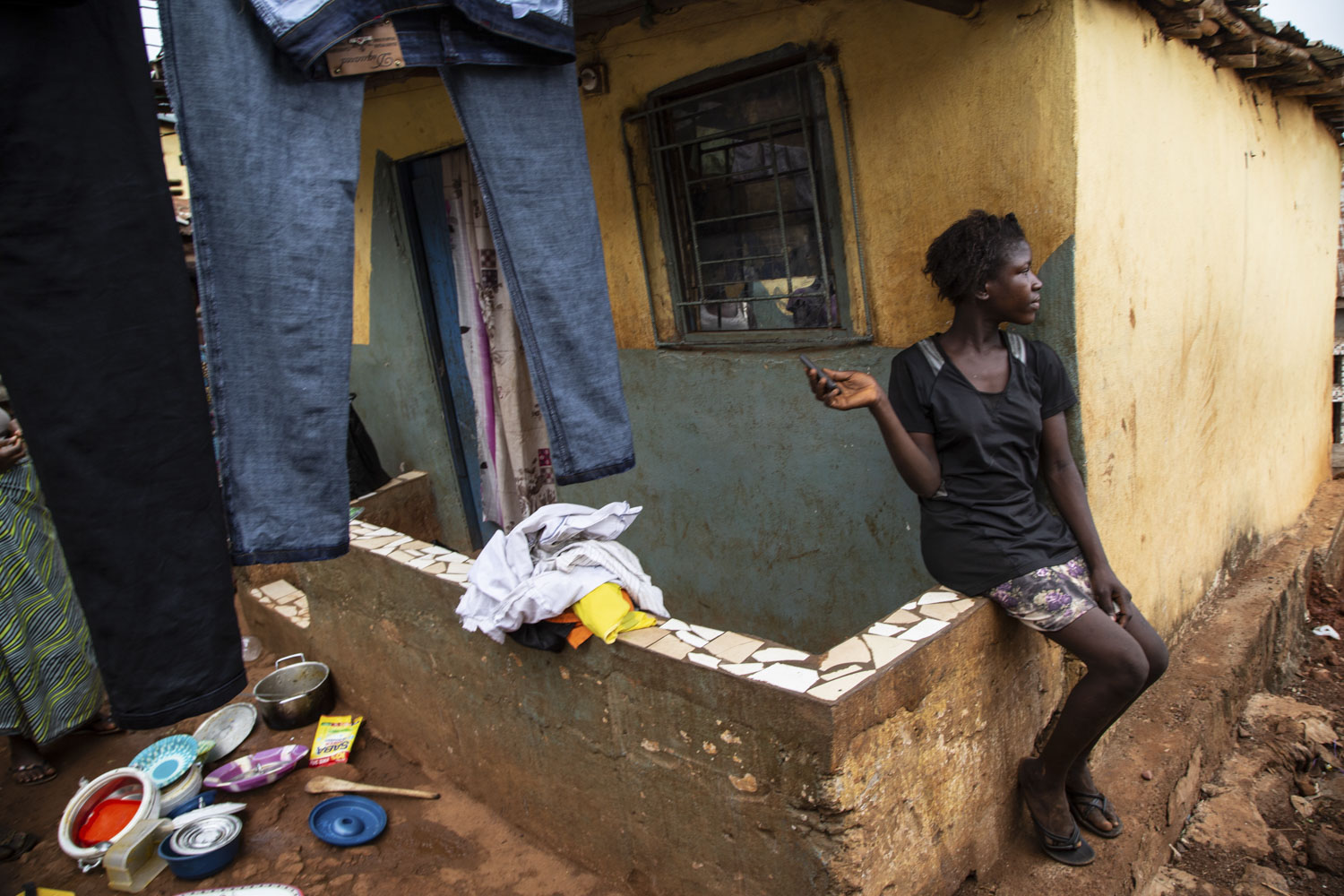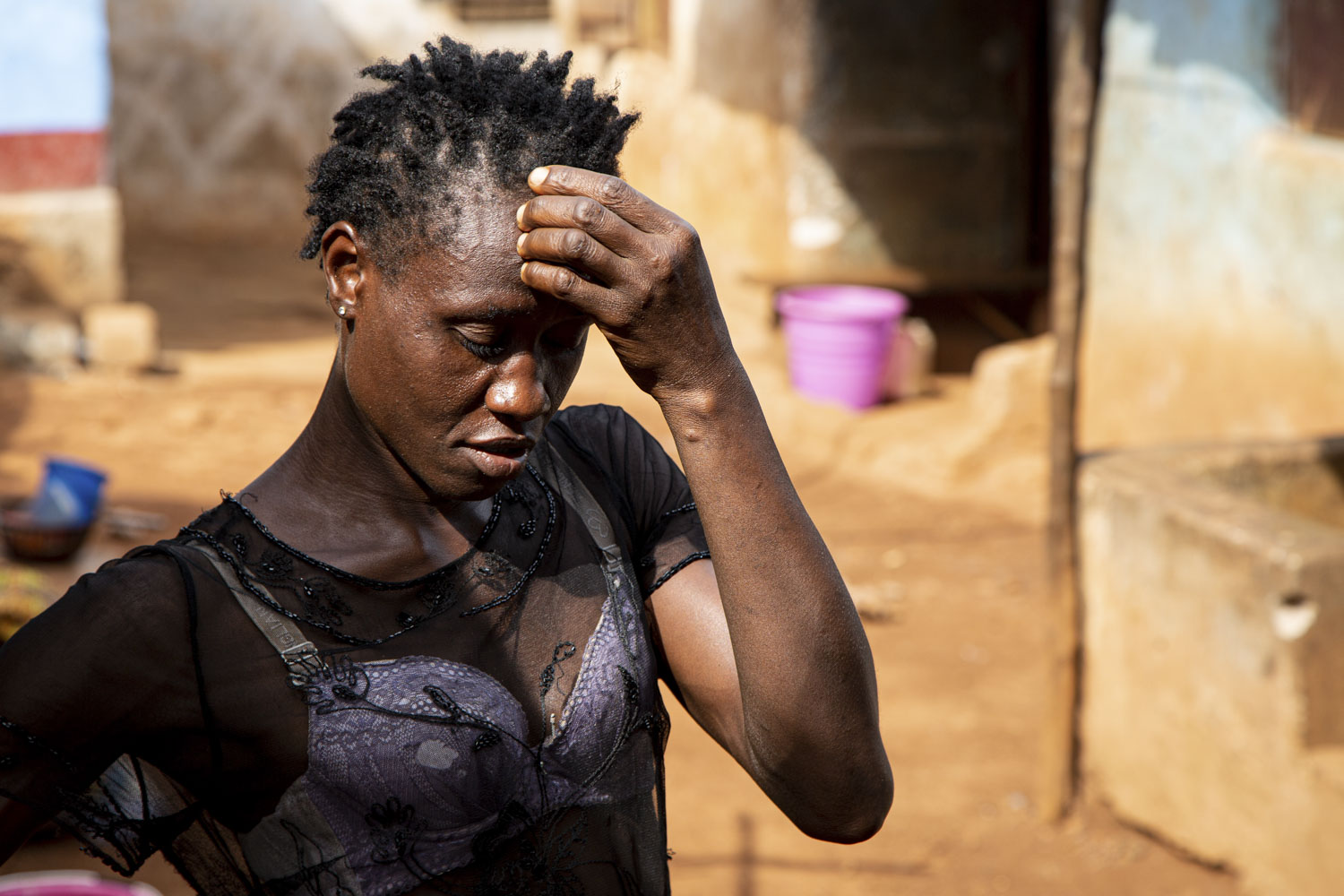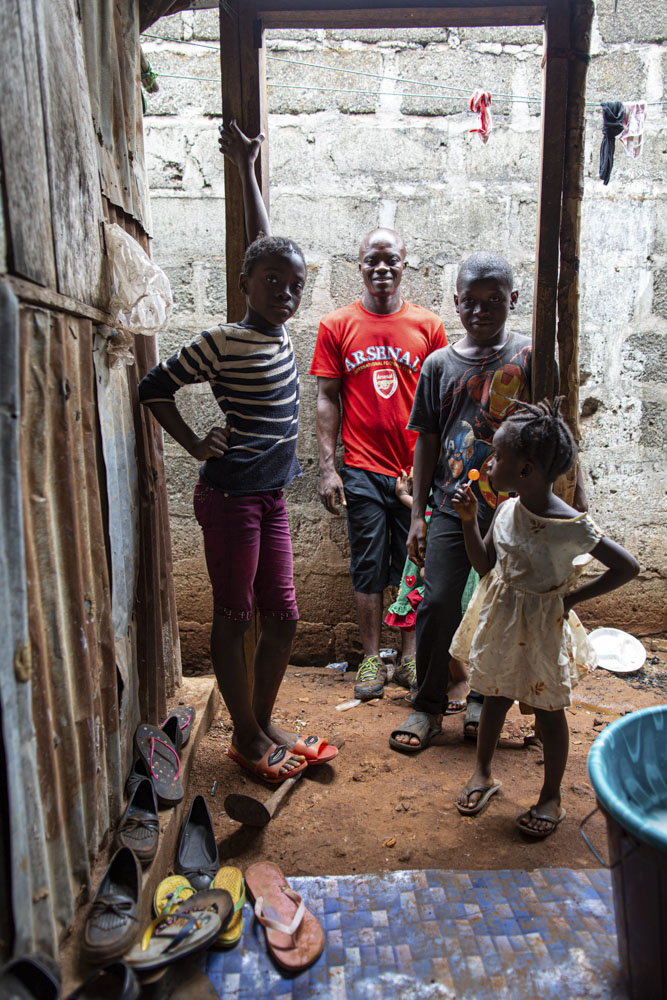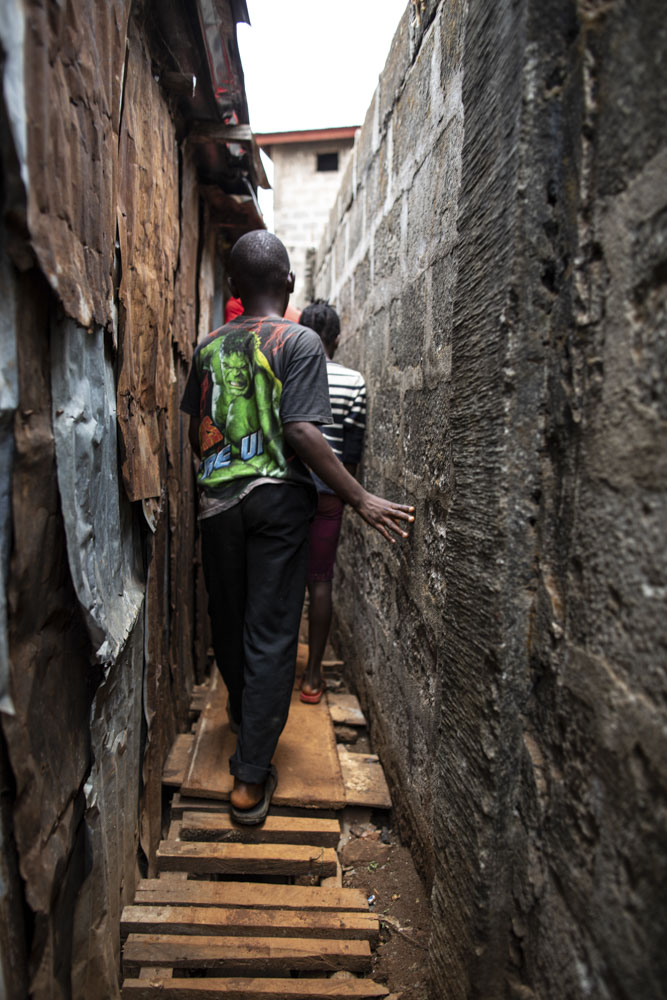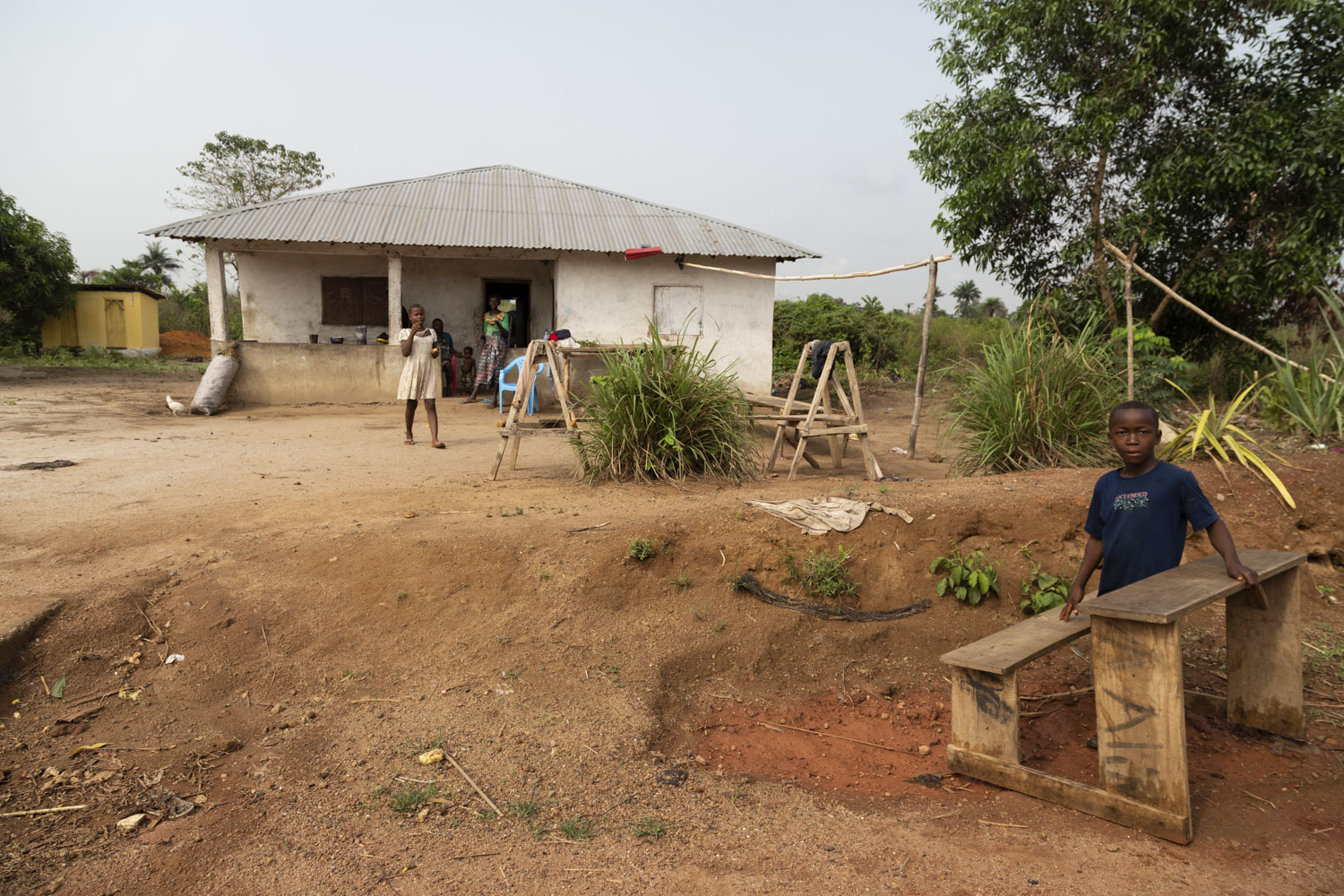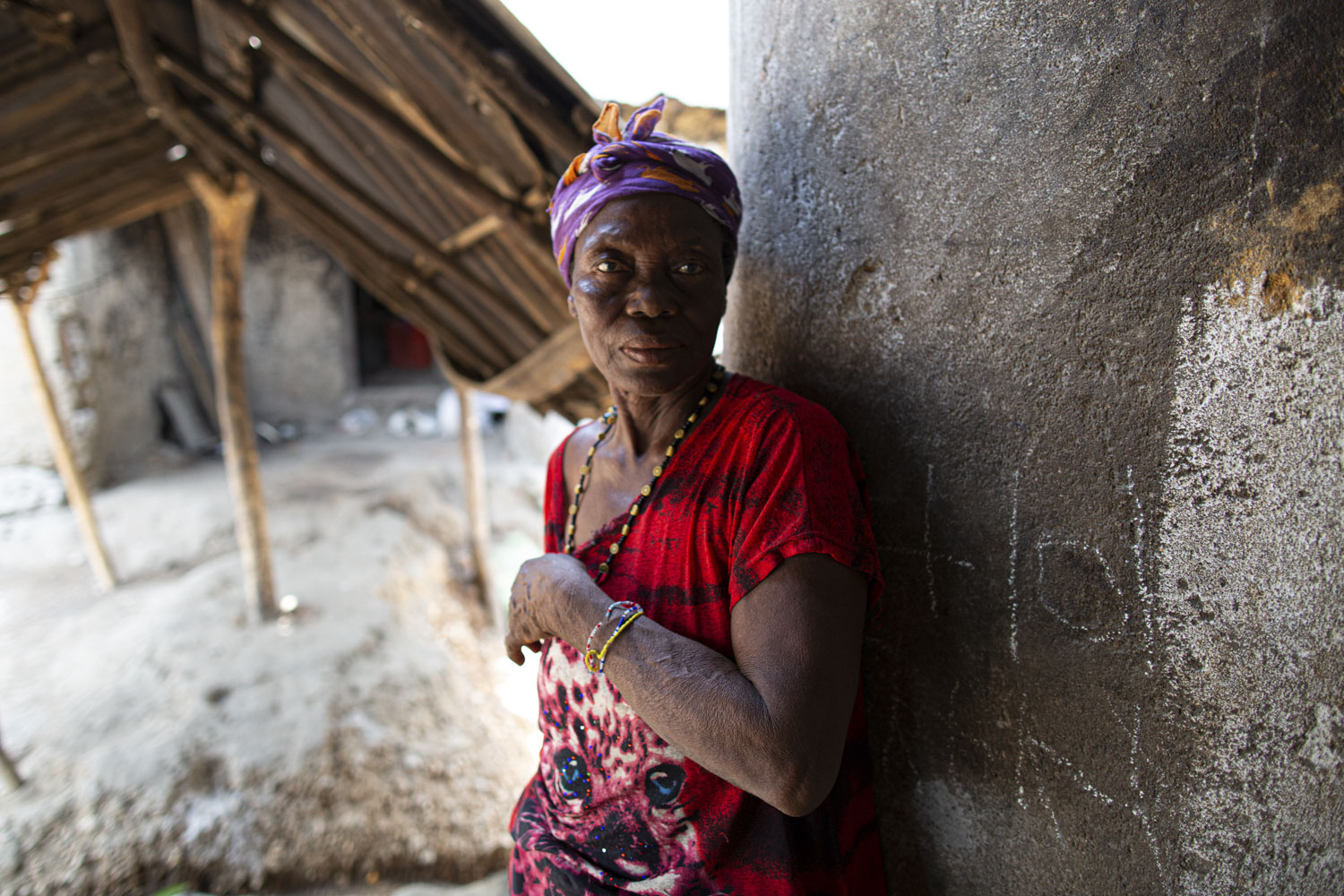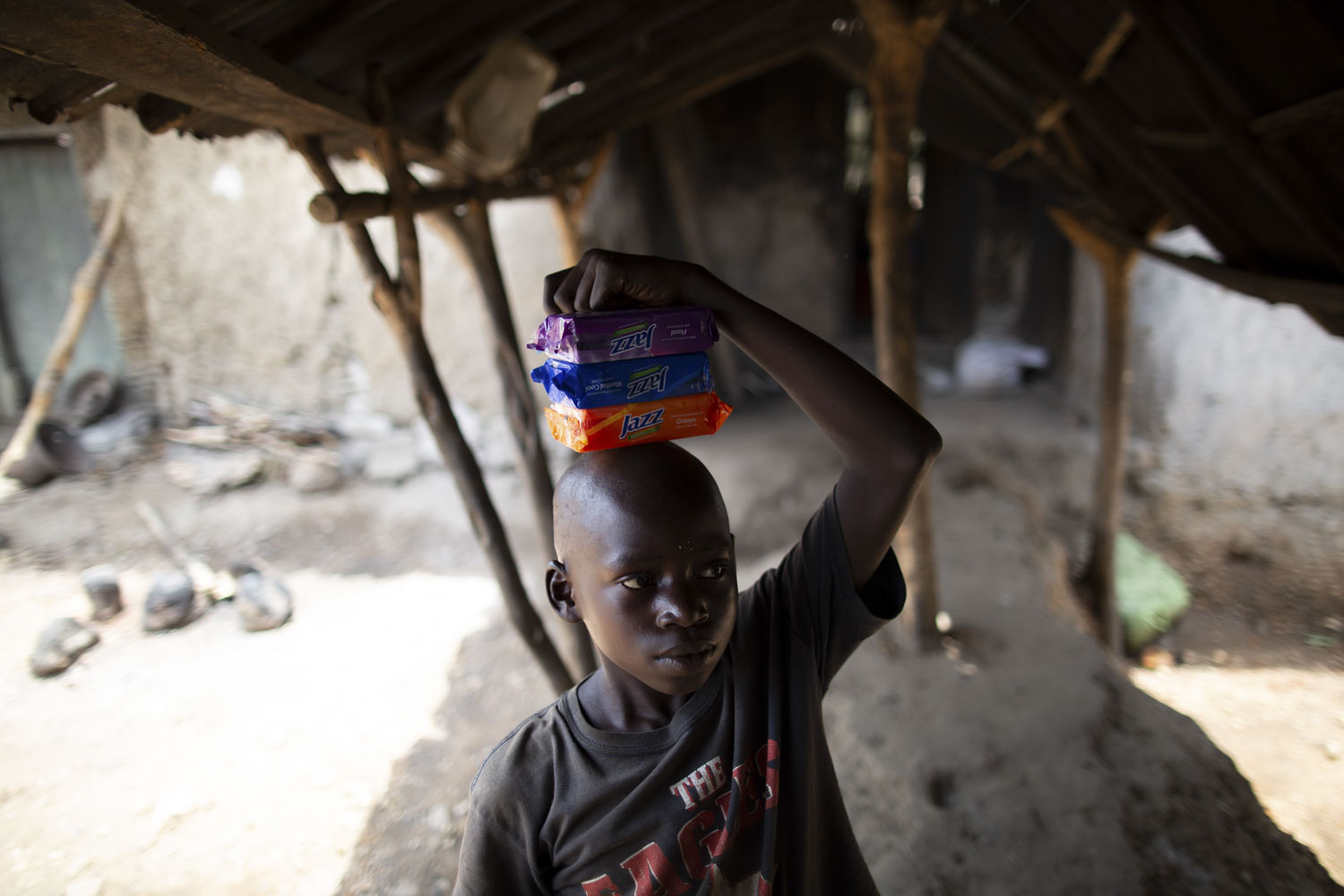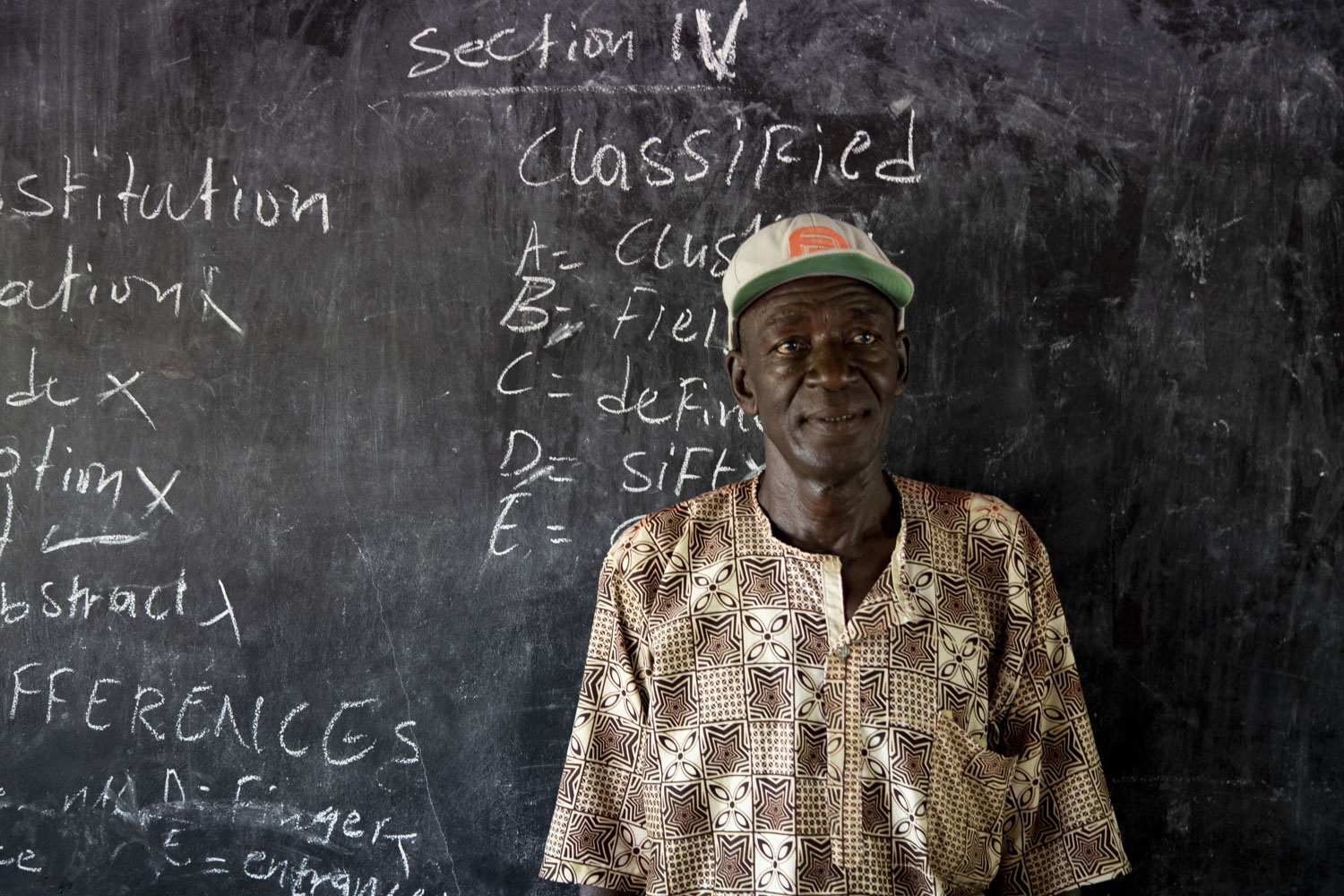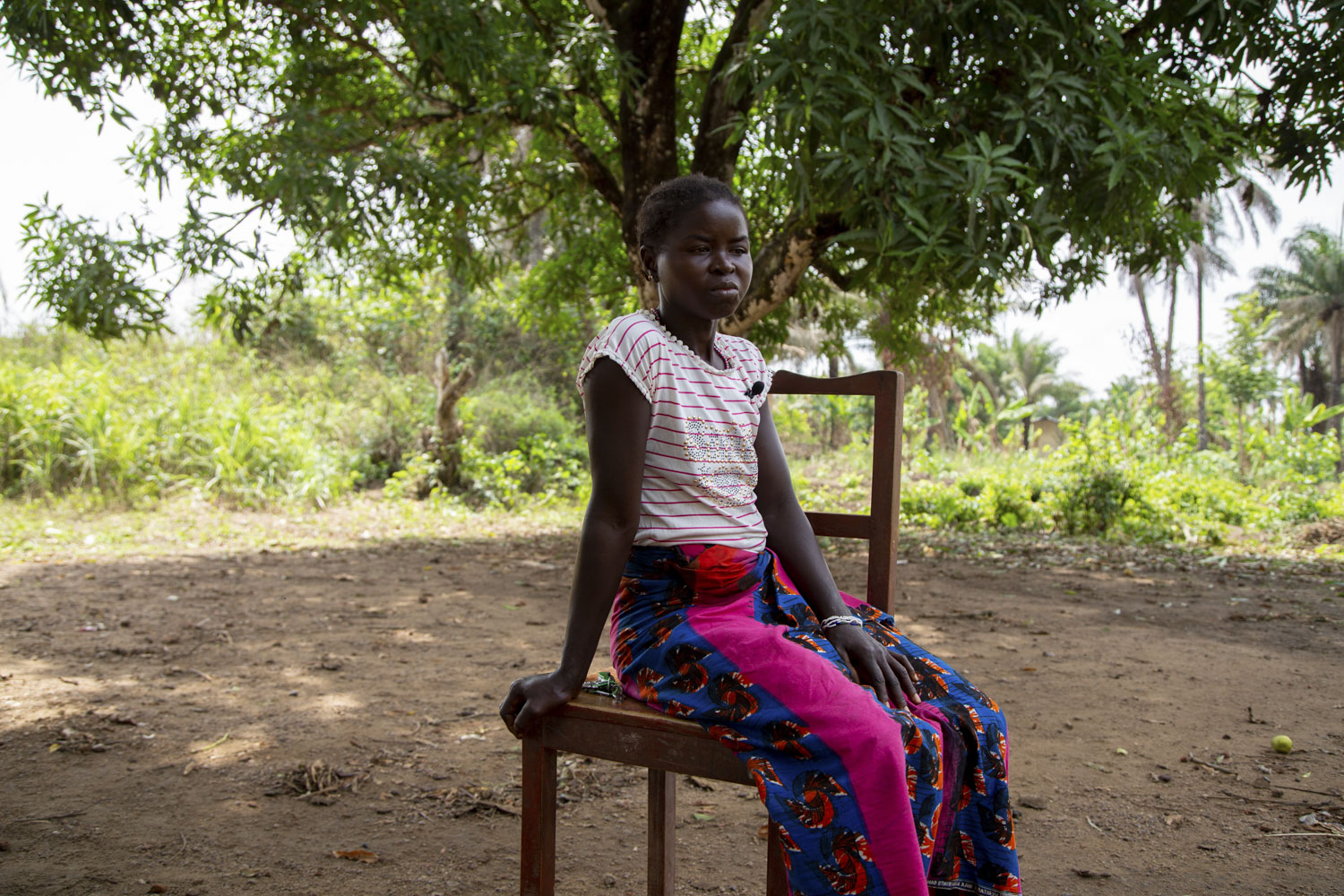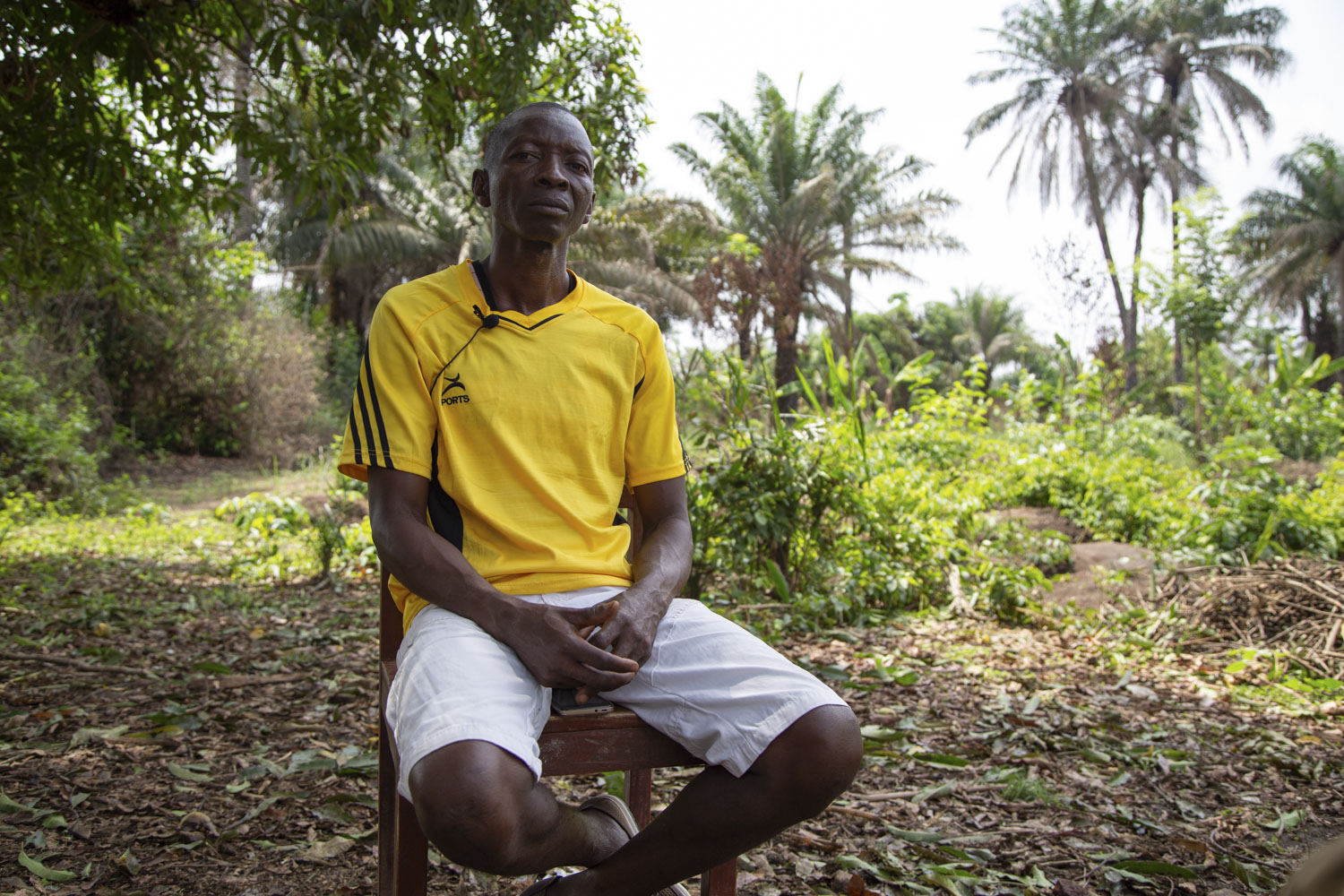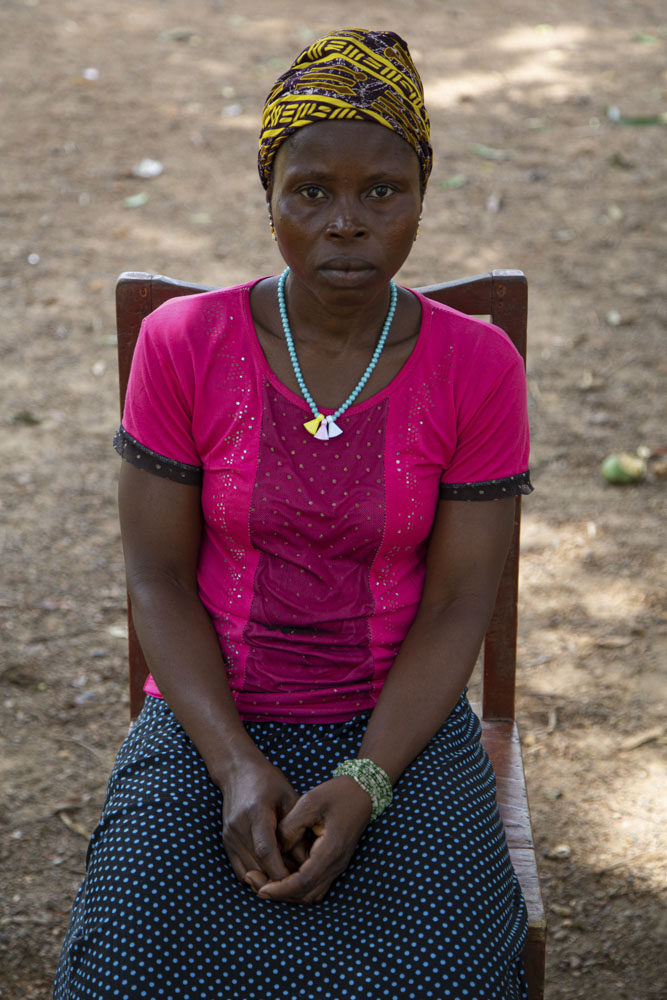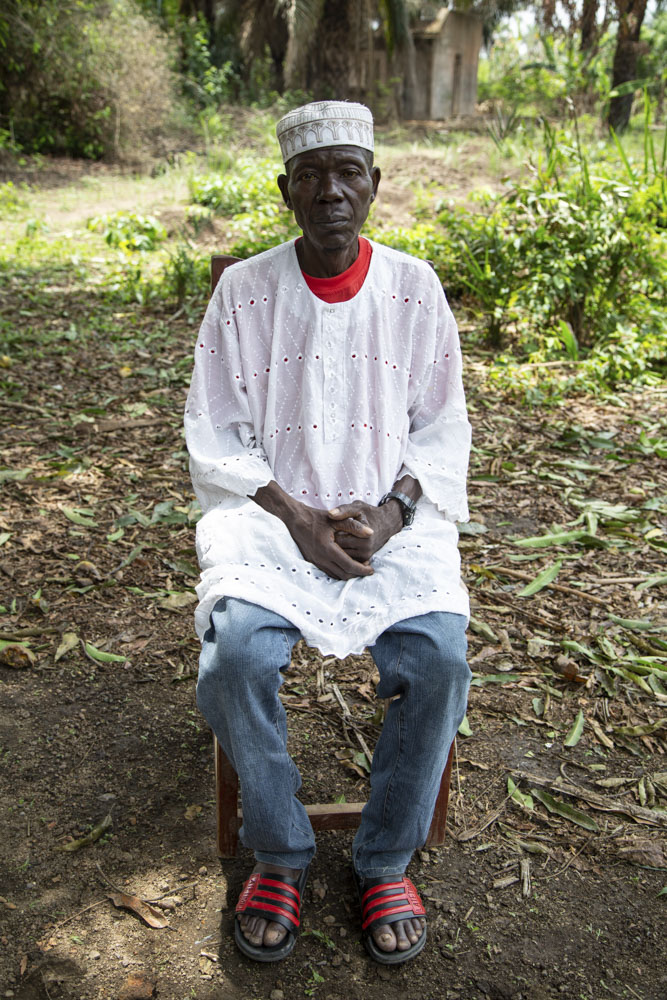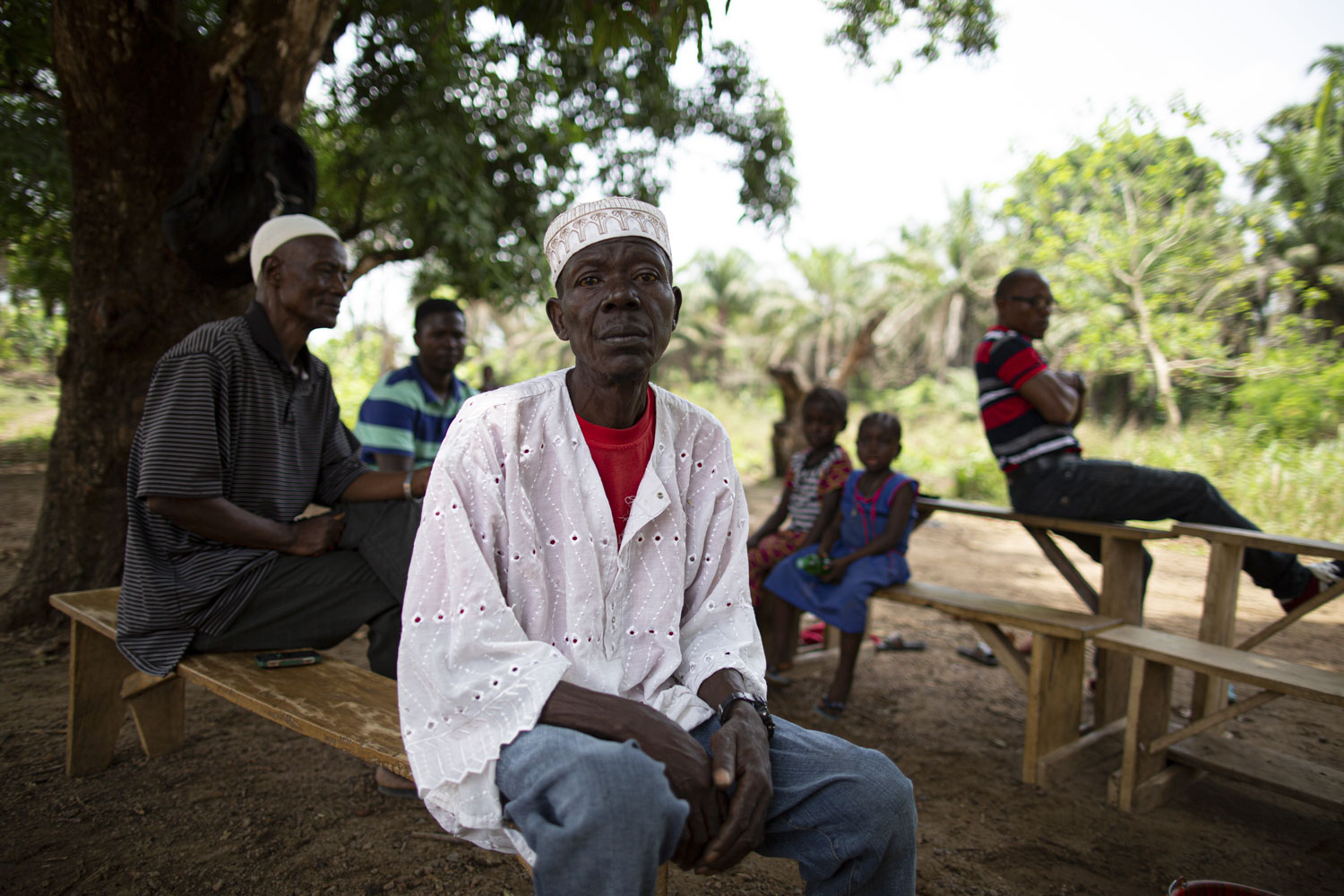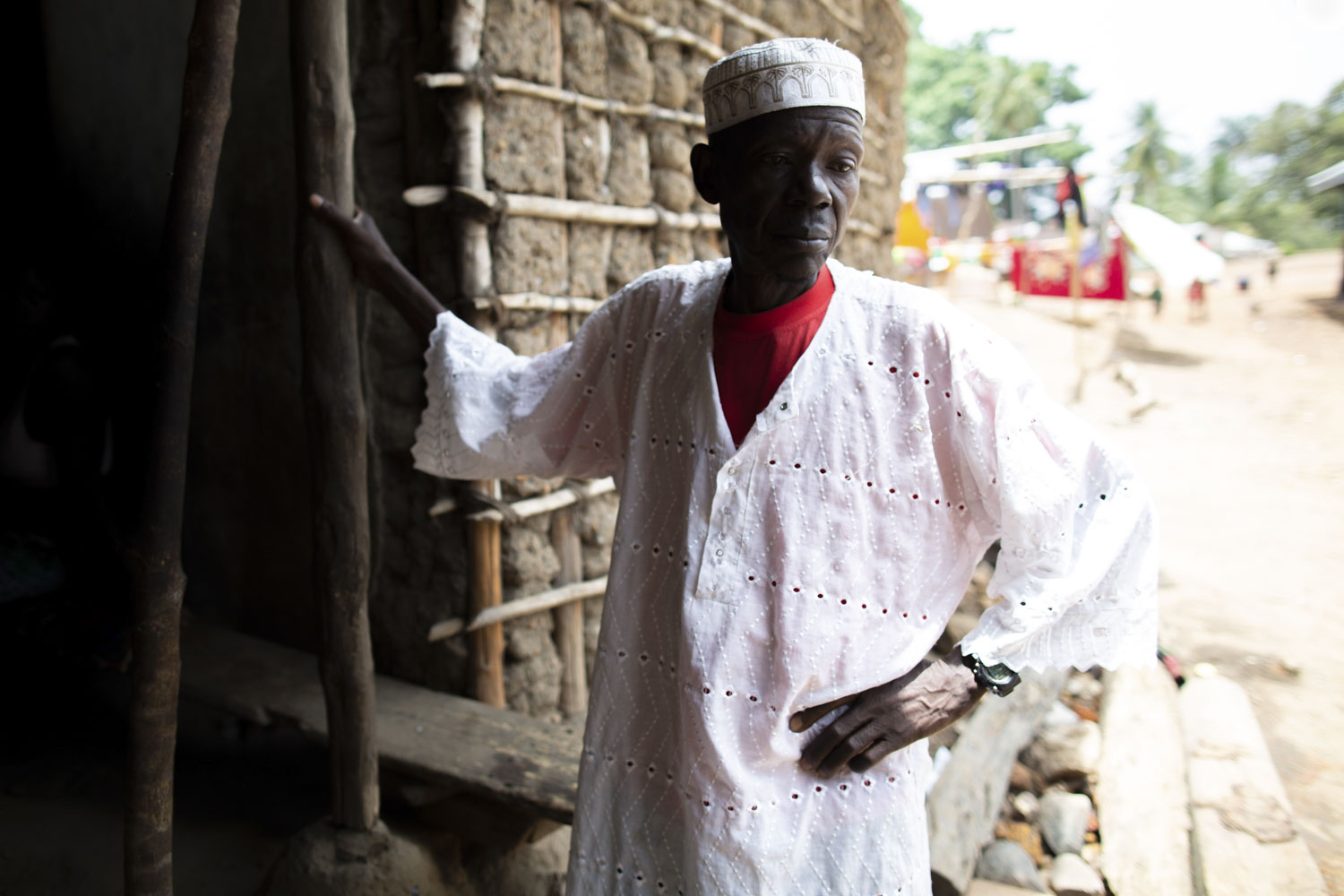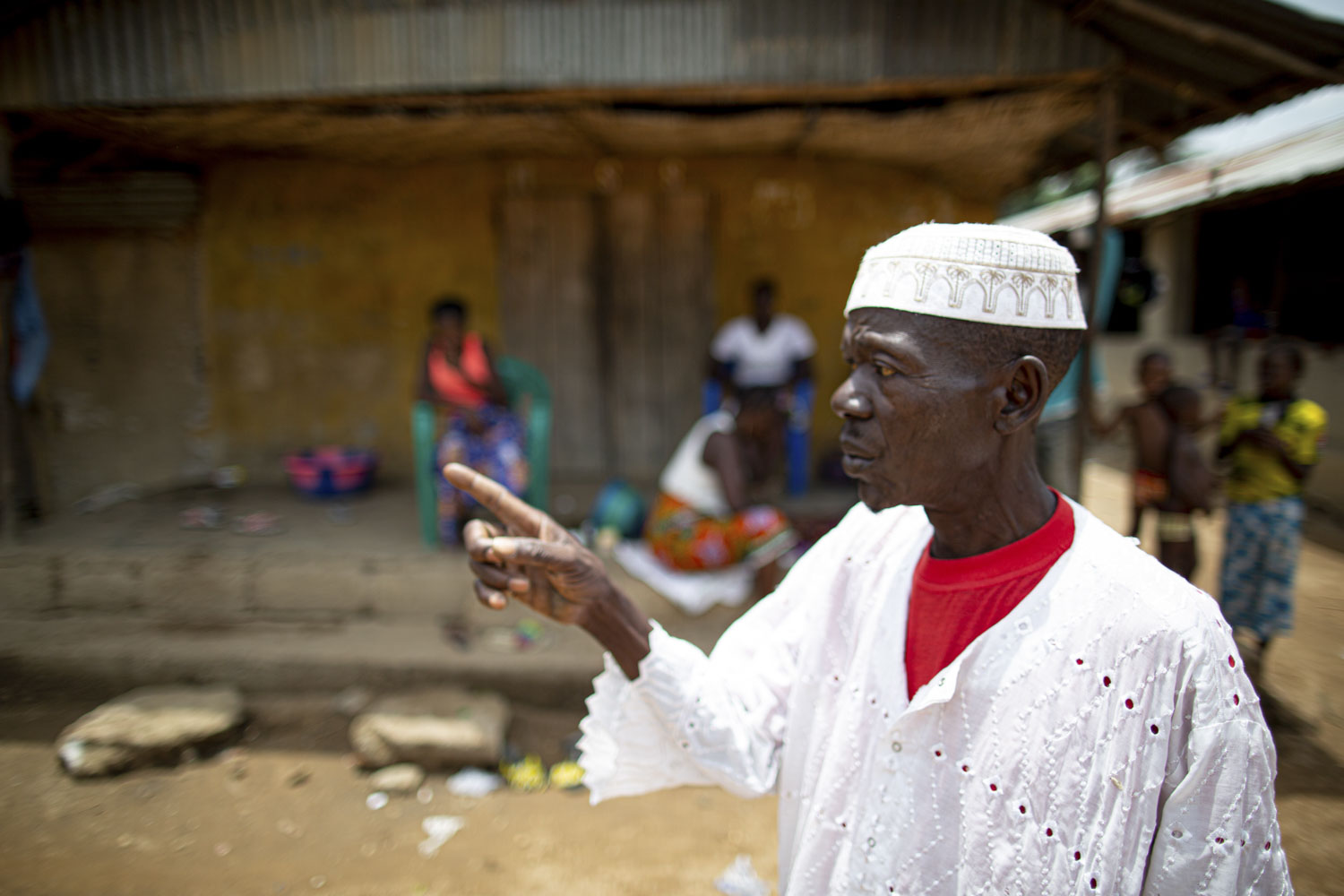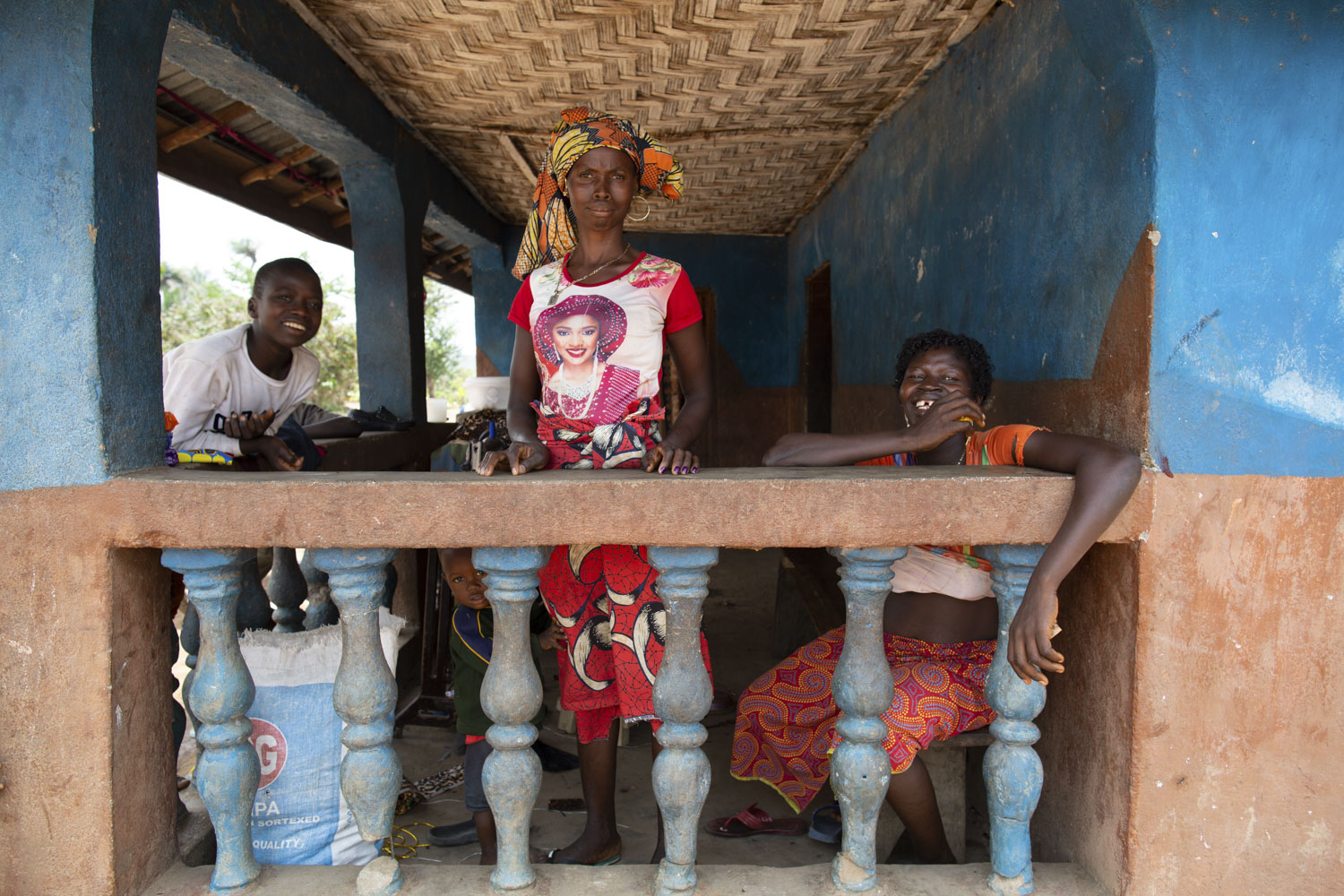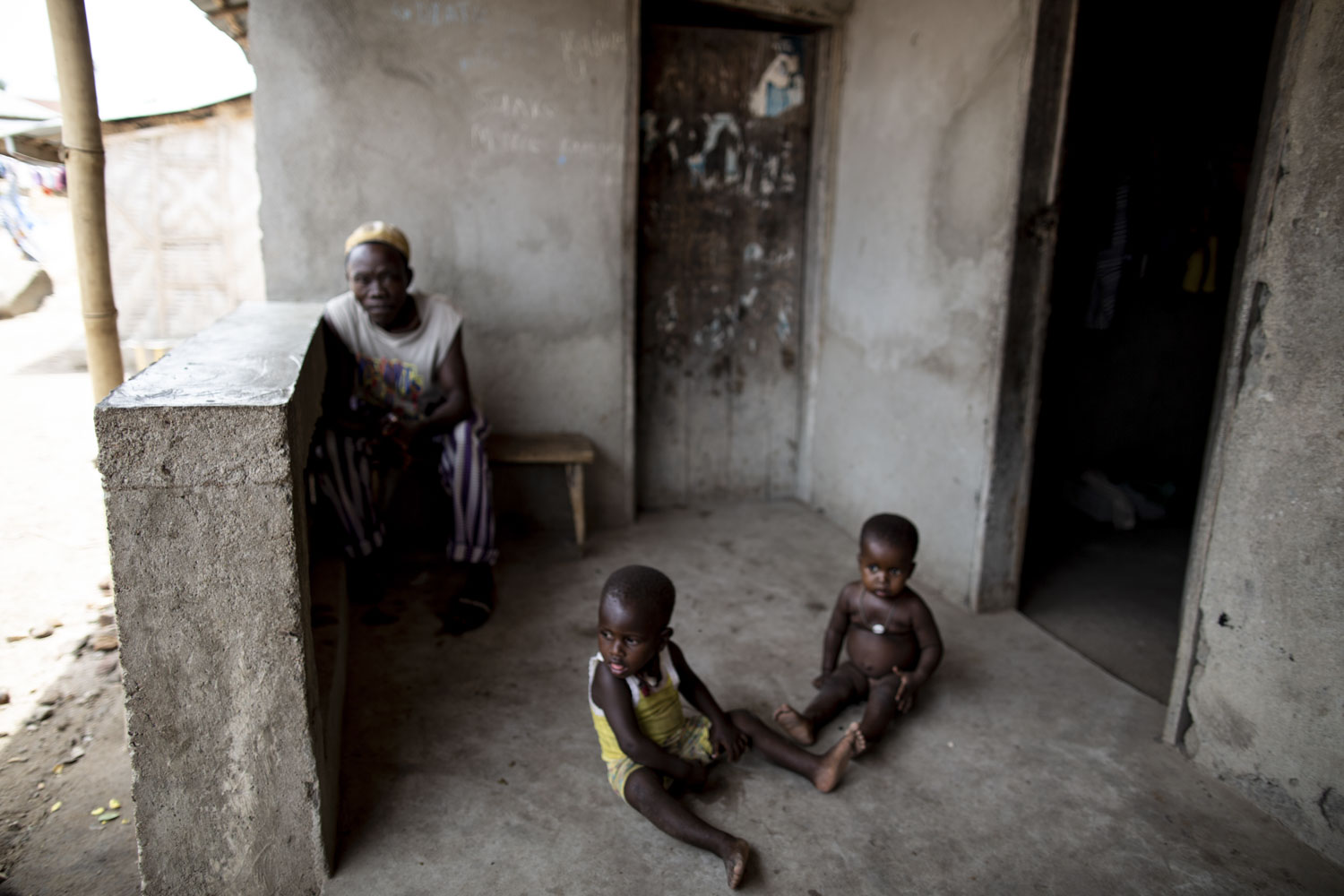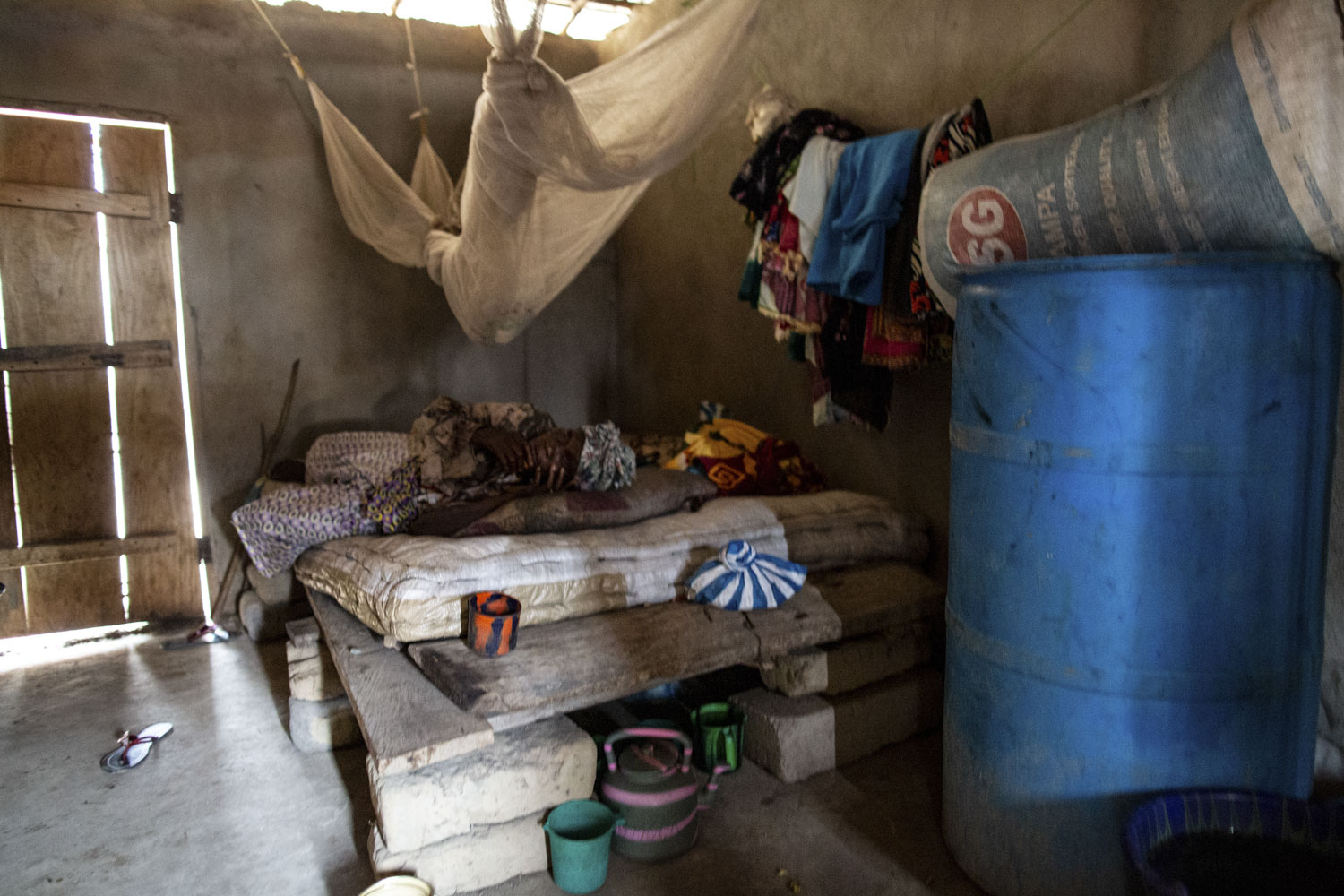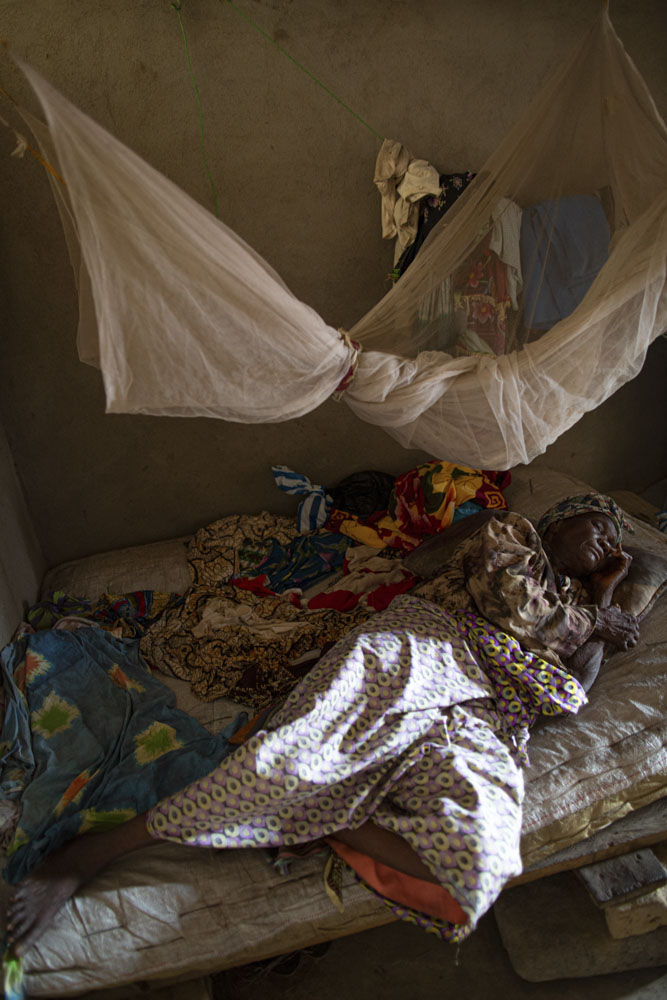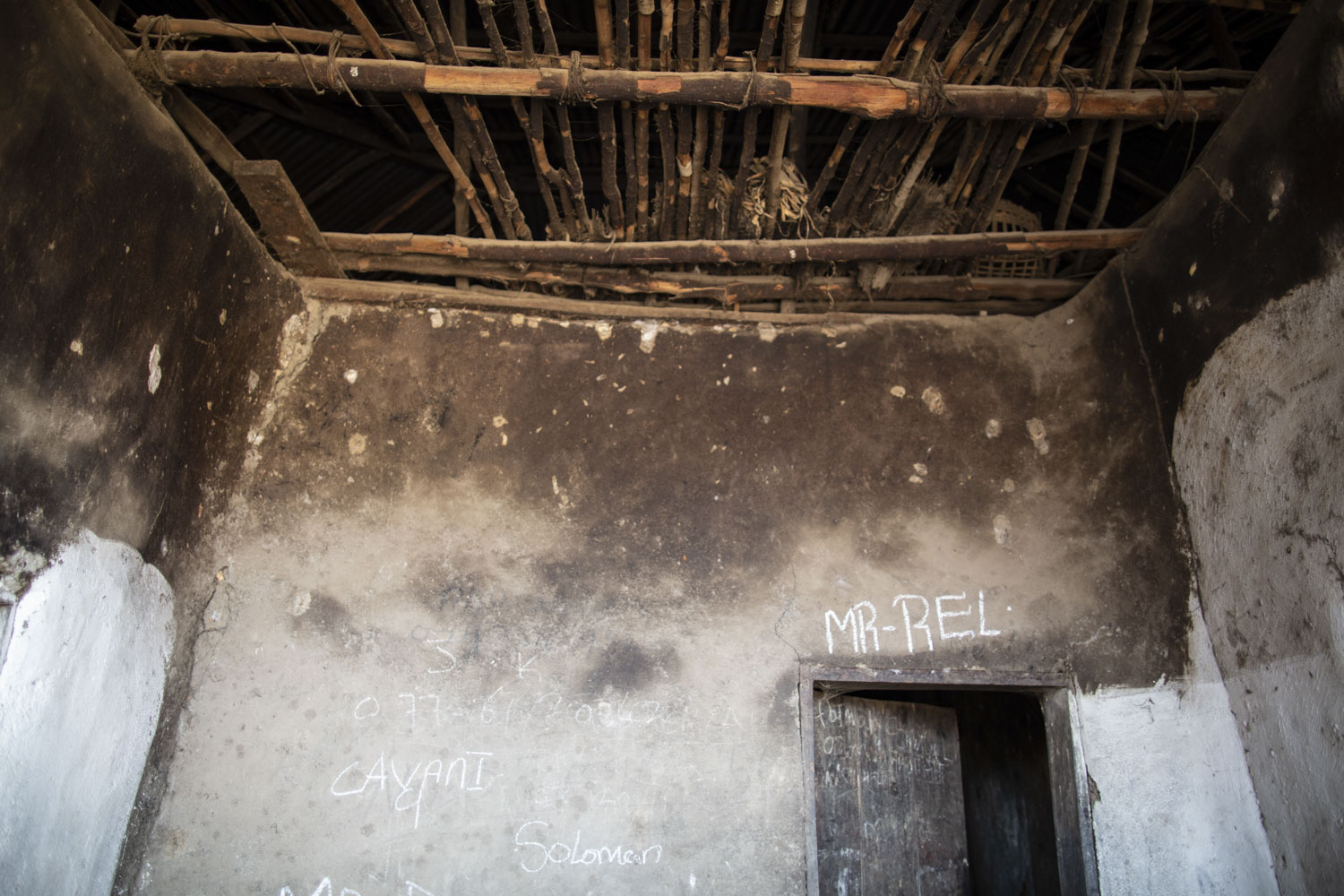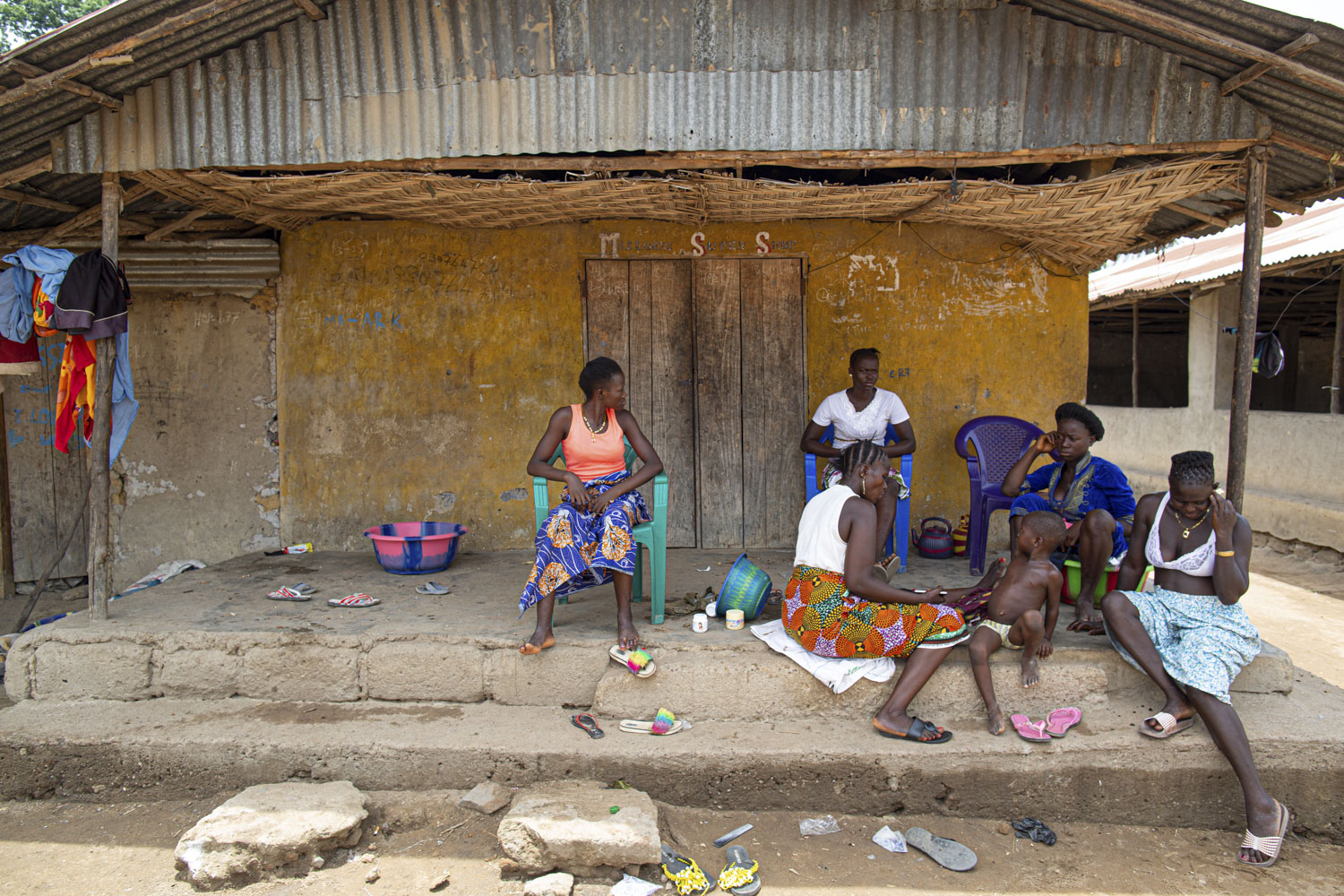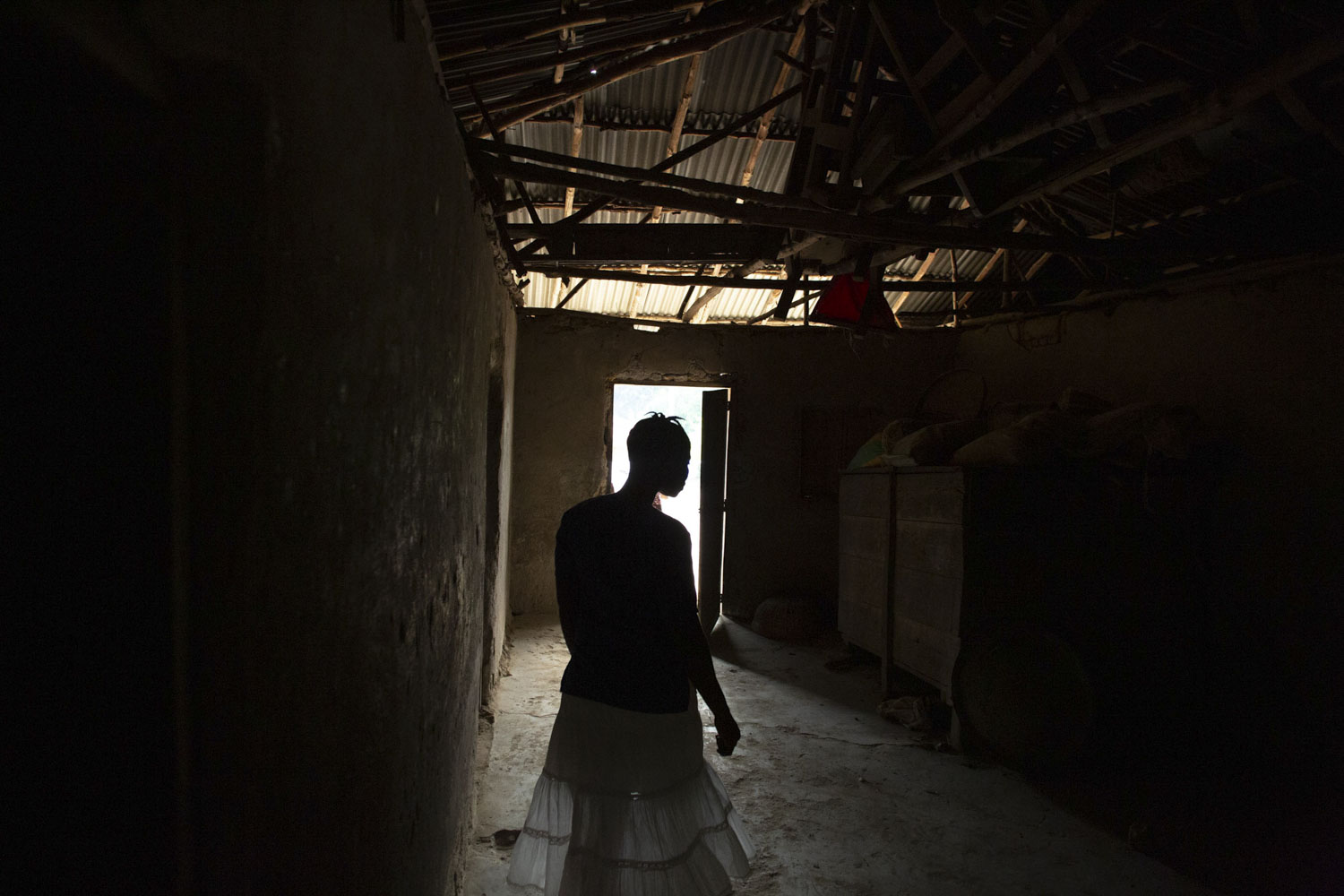BACKGROUND
Between 2014 and 2016, an Ebola virus (EBOV, Ebola Zaire) epidemic spread from Guinea to Liberia and Sierra Leone. About 10,000 people died in two years.
The virus is transmitted through body fluids, sweat, semen, blood, vomit, and affects the first circle of caregivers, that is, those who take care of the patient more directly. Religious services or rituals held during the funeral also become an instrument of contagion. The stigma that affected those who worked closely with the virus, the Ebola Workers, and those who survived, is still alive and strong.
HISTORY
I returned to Sierra Leone in April 2019, three years after the end of the crisis, and went to Kissy and Lakka, two Freetown neighborhoods, and then to Rosint and Rosanda, two small villages severely affected by the virus, in the north.
I’ve interviewed dozens of people. Survivors, doctors, nurses, cleaners, fishermen, imams, women leaders of small communities. Orphans and children who grew up in those dramatic days. These video interviews are collected in a documentary.
I was able to visit the places destined for the first quarantine, simple mud houses with tin roofs.
Unimaginable is the set of emotions and fears that those places resonated with. The heat of the scorching sun of Central Africa. The humidity. The smells. The whispers and prayers.
How it must have been to lie in bed staring at the ceilings, fighting the disease.
These places are now back to being homes, warehouses, meeting places.
Children play in the shade of the arcades, women cram rice, and boys hang posters and pictures. Everything might seem back to normal. But for the deep and intense gaze of those who experienced that tragedy.
- When 2019
- Where Freetown, Kissy, Rosint, Rosinda, Goderich - Sierra Leone
